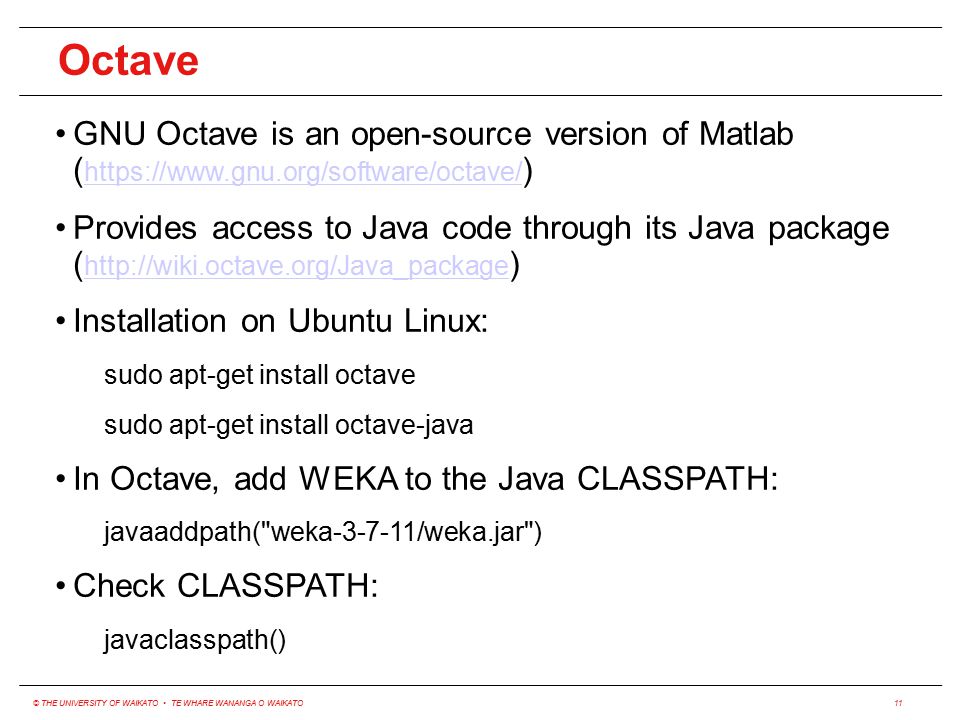

On Debian/Ubuntu this is simply: sudo apt-get install weka libsvm-java. Just a remark, if you do not need weka but any machine learning lib: OpenCV, which comes along with ROS, has also a machine learning module. First install the Weka and LibSVM Java libraries. If your classification and regression have to be in closed loop but only need to fulfil "soft" real time requirements (meaning they should be ready before deadline most of the times but not necessarily always), you can implement them with the help of ROS. Those have to be implemented on the microcontroller. You would need to analyse which parts of your application have to fulfil hard real time requirements.

If you want to integrate ROS in a real time application, you will need to set up a low-level real time micro-controller which communicates with your high-level ROS node (having in mind that the ROS node might not answer with in a deadline). The third step is to include the new jar in the classpath in order to execute it.
#How to install weka in ubuntu zip
The first three steps are to install xgboost, then to point the weka package manager at the release zip file, which downloads the jar to wekafiles/. ROS-I is fast enough to run closed-loop with perception systems for industrial applications, but (at least for now) ROS-I must be used as a high-level controller in conjunction with a low-level real-time controller (usually the one from the OEM), which closes servo feedback loops and provides safety behavior (e.g. This package looks really useful, but I find I am spending too much time trying to set it up. Q: Is ROS-Industrial suitable for real-time control?Ī: Like ROS, ROS-I nominally runs on Ubuntu Linux, which is not a real-time OS. First: ROS by it self is not suitable for hard real time control, as Ubuntu Linux is not a real time operating system (See FAQs from ROS-I, also vaild for ROS).


 0 kommentar(er)
0 kommentar(er)
